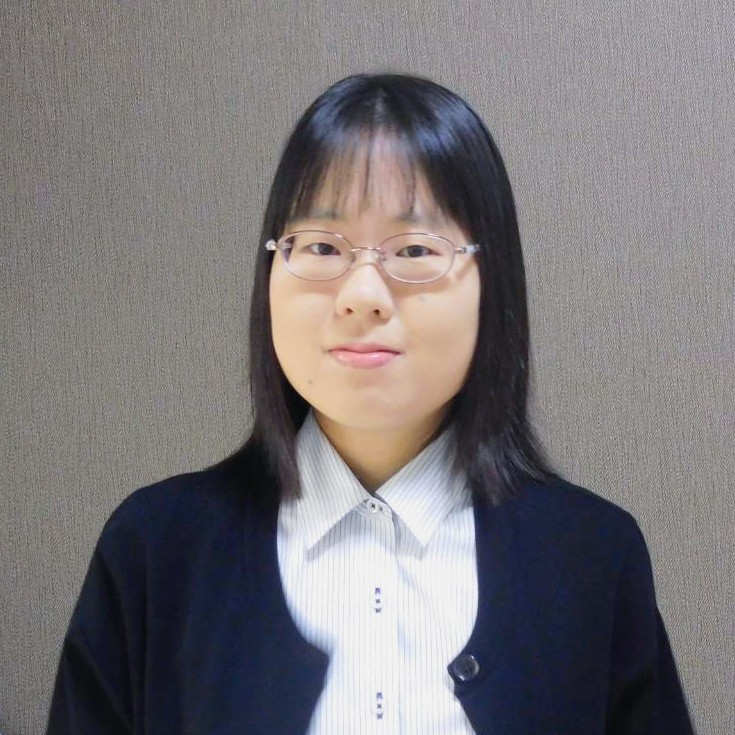Related Outline
Activity gradients of morphogen signaling, such as Wnt/β-catenin signaling, instructs cell identities to pattern developing tissues. Previously, our group found that, although cells with unfit Wnt/β-catenin activity frequently appear and generate noisy Wnt morphogen gradients, these unfit cells were apoptotically eliminated through communication with neighboring fit cells in zebrafish embryos (Akieda et al. 2019). This process called cell competition corrects noisy morphogen gradients and keeps robustness of tissue patterning. However, how the neighboring cells sense the appearance of abnormal cells and initiate the unfit cell apoptosis is still unclear. Recently, our group focus on the interaction between Wnt morphogen gradient and adherence junction, and revealed that the strength of Wnt morphogen signaling is converted into the change of intercellular tension through the changes of actomyosin contractile force. Since this change in intercellular tension is necessary for the elimination of abnormal cells, mechanical interaction is essential for cell-cell communication between cells with different chemical signals in which abnormal cells are sensed and eliminated by neighboring fit cells to ensure proper embryogenesis and tissue morphogenesis.
The aim of our research is to understand the crosstalk between chemical signals such as morphogens and intercellular mechanical interactions, and elucidate the physicochemical mechanism of cell-cell communication by which neighboring fit cells sense the change of physiological interaction with abnormal cells and initiate cell competition. Using zebrafish embryos and human intestinal organoids, we will simultaneously carry-on quantitative analysis of the change in intercellular tension, cell shape and elasticity and exploring the relevant chemical signaling pathways triggered by the appearance of abnormal cells. Though these approaches, we want to clarify physicochemical basis of intercellular communication supporting precise tissue morphogenesis via sensing and eliminating abnormal cells.
Career
Kana Aoki graduated from the Department of Biology at Kyushu University in 2015.
She worked on elucidating the mechanism of interaction between plasma membrane and actin cytoskeleton during cancer cell migration under the supervision of Prof. Junichi Ikenouchi as a JSPS Research Fellow (DC1), and obtained her PhD in 2020 from the Graduate School of Systems Life Sciences, Kyushu University.
She moved to Research Institute for Microbial Diseases, Osaka University in April 2021 as a JSPS Research Fellow (PD) and started her current studies in the group of Prof. Tohru Ishitani.
.
Representative Achievements
- Mechano-gradients drive morphogen-noise correction to ensure robust patterning.
Kana Aoki, Taiki Higuchi, Yuki Akieda, Kotone Matsubara, Yasuyuki Ohkawa, Tohru Ishitani
Sci. Adv. 10(46), eadp2357, (2024).
DOI: https://www.science.org/doi/10.1126/sciadv.adp2357 - Calcium sparks enhance the tissue fluidity within epithelial layers and promote apical extrusion of transformed cells.
Kuromiya K, Aoki K, Ishibashi K, Yotabun M, Sekai M, Tanimura N, Iijima S, Ishikawa S, Kamasaki T, Akieda Y, Ishitani T, Hayashi T, Toda S, Yokoyama K, Lee CG, Usami I, Inoue H, Takigawa I, Gauquelin E, Sugimura K, Hino N, Fujita Y (*Co-first authors).
Cell Reports 40(2), (2022).
DOI: https://doi.org/10.1016/j.celrep.2022.111078 - De novo non-synonymous CTR9 variants are associated with motor delay and macrocephaly: human genetic and zebrafish experimental evidence.
Suzuki H, Aoki K, Kurosawa K, Imagawa K, Ohto T, Yamada M, Takenouchi T, Kosaki K, Ishitani T (*Co-first authors).
Human Molecular Geneics, 31; 22; 3846–3854, (2022).
DOI: https://doi.org/10.1093/hmg/ddac136 - STIM-Orai1 signaling regulates fluidity of cytoplasm during membrane blebbing.
Aoki, K., Harada, S., Kawaji, K. Matsuzawa, K. Uchida, S. Ikenouchi, J.
Nature Communications, 12, 480, (2021).
DOI: https://doi.org/10.1038/s41467-020-20826-5 - Coordinated changes in cell membrane and cytoplasm during maturation of apoptotic bleb.
Aoki, K. Satoi, S. Harada, S. Uchida, S. Iwasa, Y. Ikenouchi, J.
Molecular Biology of the Cell, 31; 7; 833–844, (2020).
DOI: https://doi.org/10.1091/mbc.E19-12-0691 - A RhoA and Rnd3 cycle regulates actin reassembly during membrane blebbing.
Aoki, K. Maeda, F. Nagasako, T. Mochizuki, Y. Uchida, S. Ikenouchi, J.
Proceedings of the National Academy of Sciences of the United States of America, 113; 13; 1863-1871, (2016).
DOI: https://doi.org/10.1073/pnas.1600968113

